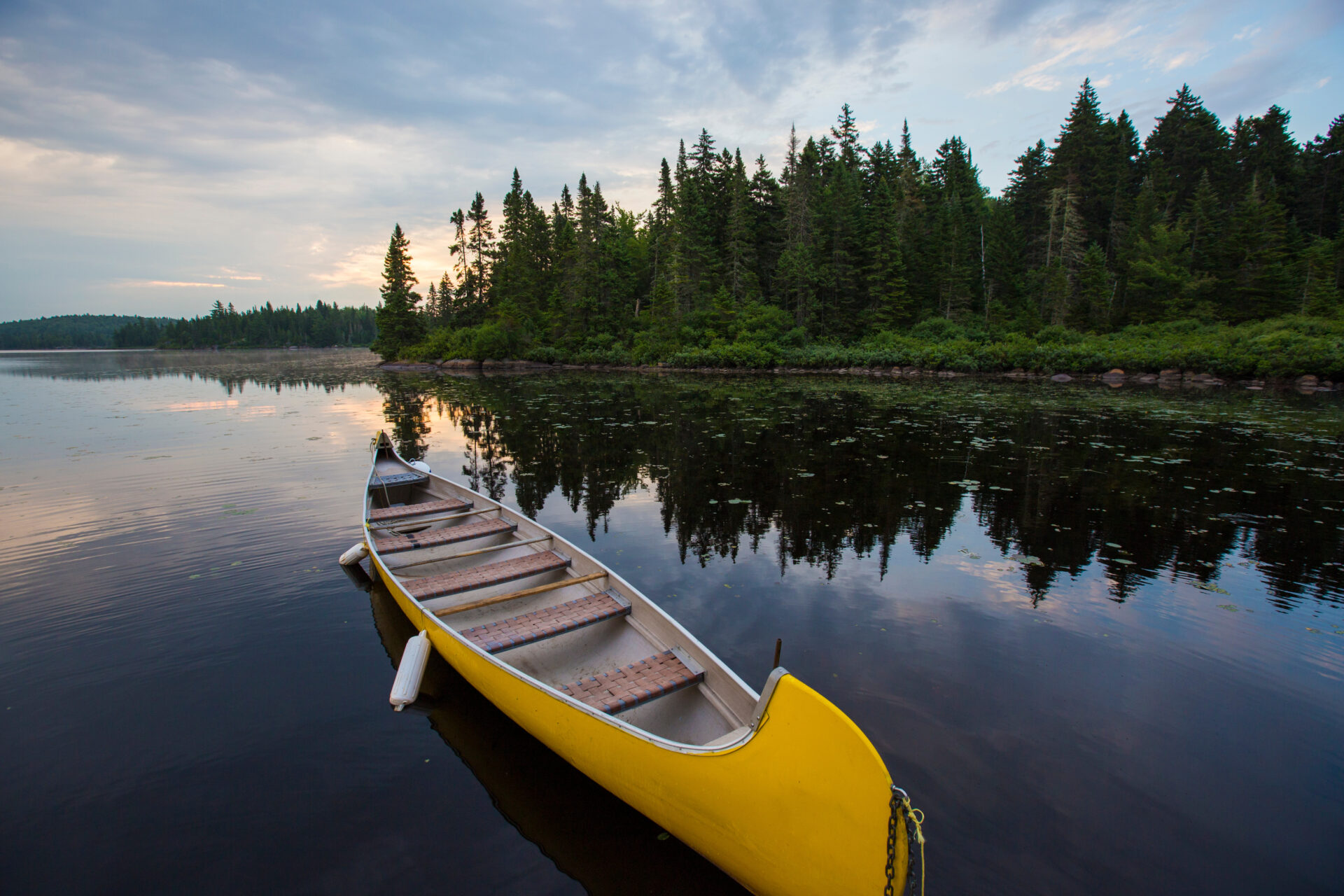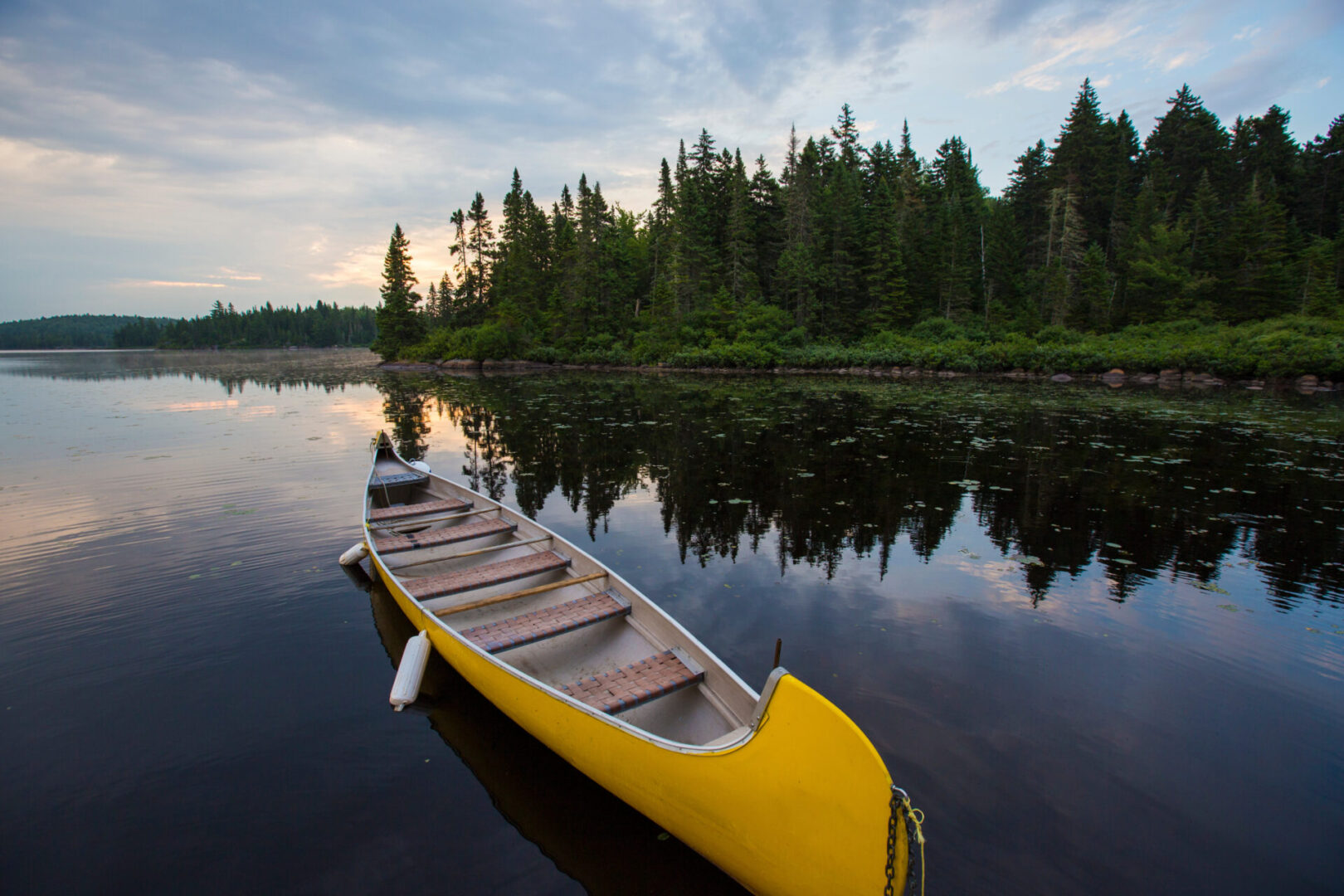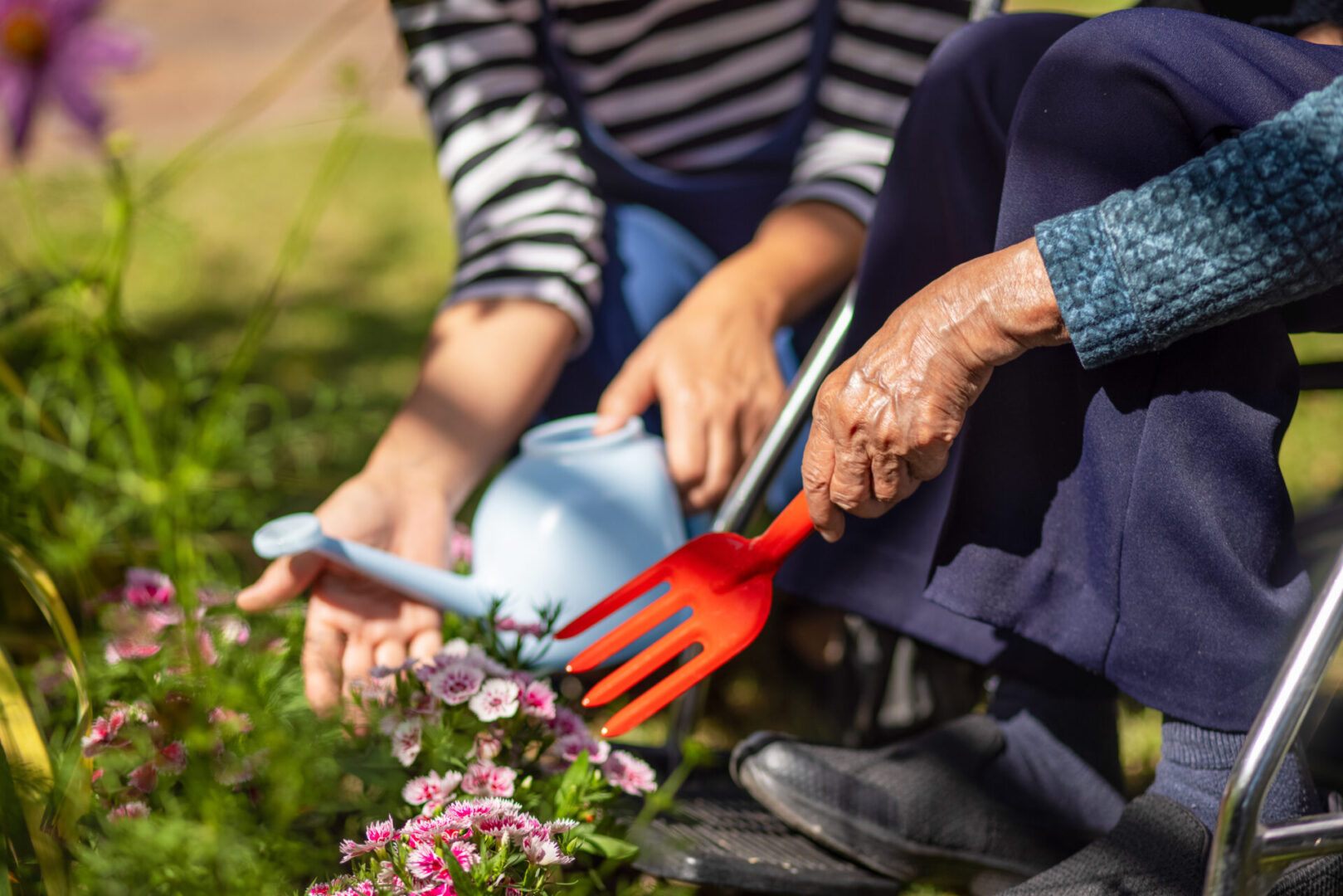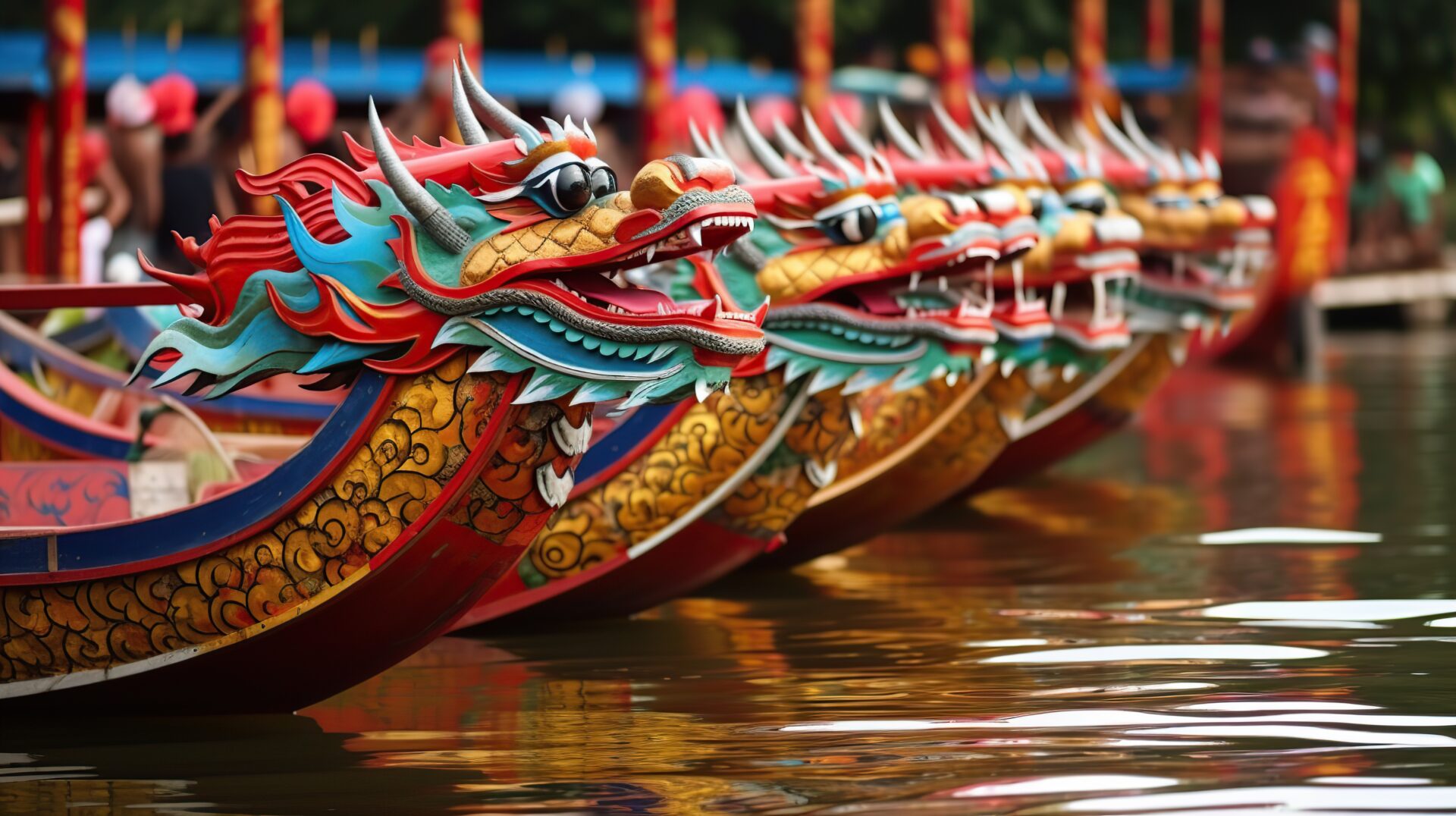This World Indigenous Peoples Day, celebrate culture-driven physical activity that is community-led
What is it about?
Indigenous Peoples are the leaders of wholistic health and well-being by being active on the land and water.
In celebration of World Indigenous Peoples Day, we share the ShQUooz Circle Program (Canadian Institutes of Health Research) a new five-year (2025-2030) Indigenous-led initiative focused on empowering children and youth through physical activity rooted in traditional knowledge, land, and water-based activities based on teachings from our ancestors and for the next generation.
The program is co-created (Warburton & Bredin, 2019) with Indigenous women leaders, aunties, grandmothers, Elders, and Knowledge Keepers to ensure cultural safety (Miles et al, 2025) and community ownership. Each season features gatherings with activities like canoeing, hiking, and movement games alongside teachings about language, medicines, and stories. These experiences are led by community members, not just researchers, making this work truly by and for Indigenous Peoples.
Why is it important?
This program reclaims Indigenous physical activity traditions as tools for joy, healing, resilience, and sharing of knowledge and centres the voices of communities and youth for life long wholistic health and wellness (Miles et al, 2023).
ال ShQUooz Circle exemplifies what can happen when research and practice are led by Indigenous Peoples with emphasis on belonging, ceremony, and self-determination. The community based is about being active and reconnecting with spiritual, emotional, mental and physical health and well-being,
On World Indigenous Peoples Day, we highlight this as a model for Two-Eyed Seeing (Martin, 2012) approach that integrates Indigenous and Western ways of knowing to create pathways to wellness for future generations together.
رسائل إلى المنزل
- Indigenous-led movement programs rooted in culture and traditions build relationships within community with ties to ancestral lands and water ways.
- Honouring traditional knowledge in physical activity strengthens intergenerational ties and well-being within communities.
- World Indigenous Peoples Day is a time to celebrate Indigenous ways to be physically active on the land and water.
من تأليف: Dr Rosalin Miles | Nlaka’pamux woman and member of Lytton First Nation; University of British Columbia, Indigenous Health and Physical Activity Program, CIHR Implementation Science Chair in Human Development, Child and Youth Health; Indigenous Physical Activity and Cultural Circle, Executive Director
مراجع
Canadian Institutes of Health Research. (n.d.). Project details: The ShQUooz Circle program [Project information]. https://webapps.cihr-irsc.gc.ca/decisions/p/project_details.html?applId=521716&lang=en
Martin, D. H. (2012). Two-eyed seeing: a framework for understanding indigenous and non-indigenous approaches to indigenous health research. Canadian Journal of Nursing Research Archive, 20-43.
Miles, R. M., Chow, M. I., Tomasky, G., Bredin, S. S., Kaufman, K. L., & Warburton, D. E. (2023). Wholistic versus holistic: Words matter for Indigenous peoples. The Health & Fitness Journal of Canada, 16(3), 3-7.
Miles, R. M., Horn-Miller, W., Chow, M. I., Tomasky, G. L., & Warburton, D. E. R. (2025). Reclaiming Indigenous Cultural Spaces in Sports: Building on Our Traditional Teachings. Journal of Global Indigeneity, 9(1). https://doi.org/10.54760/001c.132183
Warburton, D. E., & Bredin, S. S. (2019). Health benefits of physical activity: A strengths-based approach. Journal of clinical medicine, 8(12), 2044.




